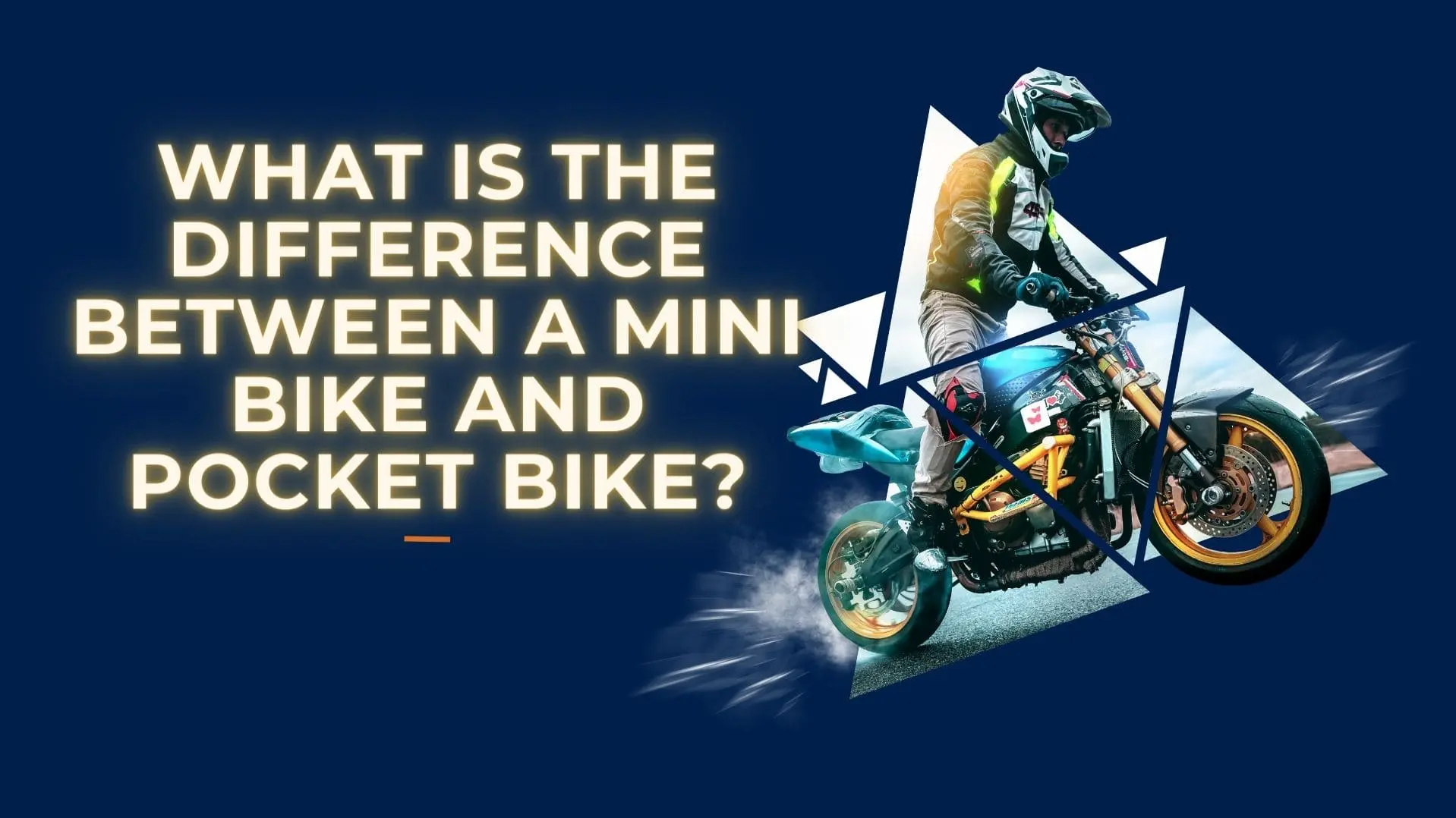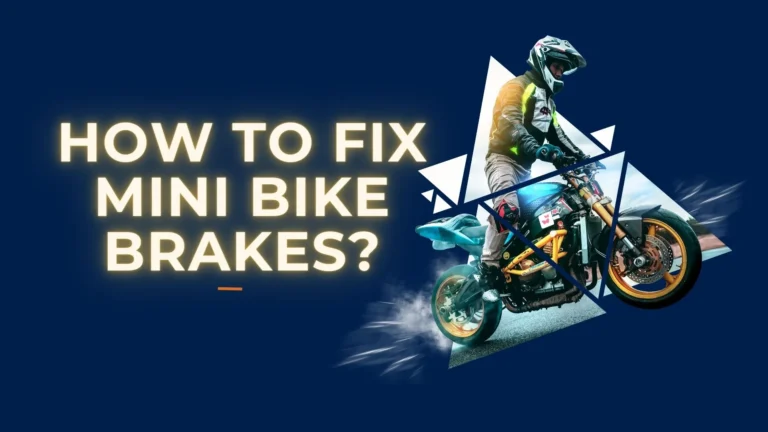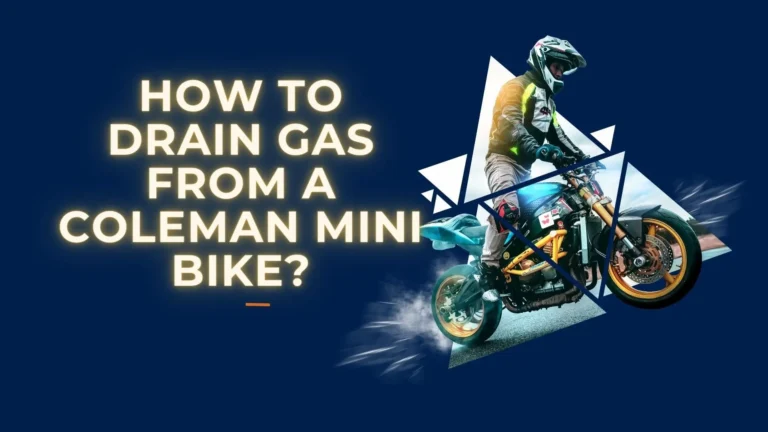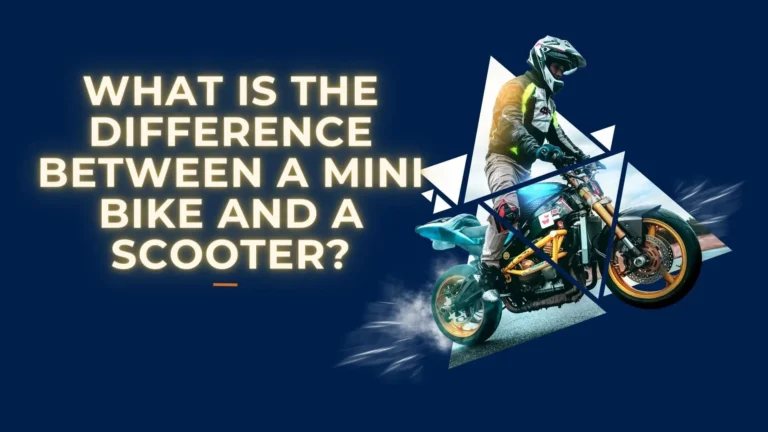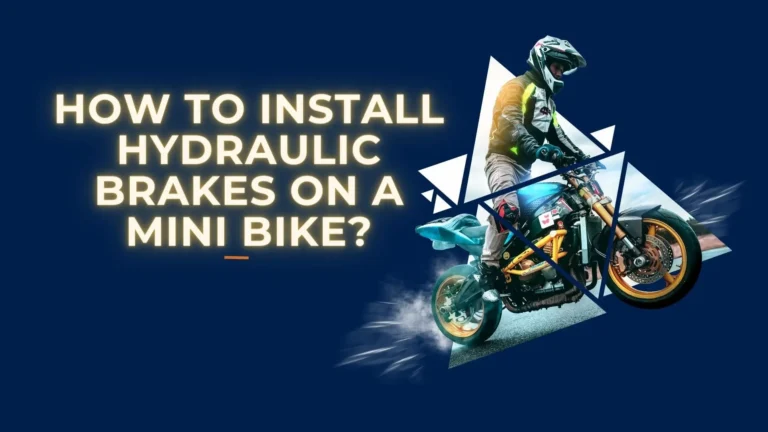What Is the Difference Between a Mini Bike and Pocket Bike?
A mini bike has a larger frame and engine than a pocket bike. Pocket bikes are miniature versions of sport bikes, while mini bikes are small motorcycles meant for off-road use.
Mini bikes and pocket bikes put zip on every trip. These tiny gas and electric motorbikes pack big fun into small frames. Mini bikes were first put around in the 1960s. Grease monkeys built them using bicycle parts and lawn mower engines. Pocket bikes popped up about 20 years later in Japan.
They look just like little sports motorcycles. Both mini and pocket bikes go fast for their size. And both types tend to cost less money than regular motorbikes. But they were made to take riders to different places. So should you pick a mini or pocket? Keep reading to learn the key differences between these pint-sized powerhouses.
| Characteristic | Mini Bike | Pocket Bike |
|---|---|---|
| Engine Size | 50cc to 250cc | 40cc to 50cc |
| Frame Size | Compact, low stance | Precisely 1/4 scale |
| Wheels & Tires | 4-6” wheels | Sport bike replica wheels |
| Transmission | Single or dual-speed | Manual sequential |
| Top Speed | 30-60 mph | 40-50 mph |
| Handling | Optimized for off-road | Track-focused ergonomics |
| Customization | Off-road aftermarket parts | Performance racing parts |
| Street Legality | Sometimes with registration | Rarely street legal |
| Best Use | Off-road recreation | Closed course racing |
Key Takeaways
- Mini bikes originated first as “pit bikes” in the 1960s, pocket bikes originated later as miniaturized sport bike replicas
- Mini bikes have rugged build quality for trails, pocket bikes have high precision components for tracks
- Mini bikes can be street legal sometimes; pocket bikes rarely are
- Choose mini for recreation, pocket for racing
- Both deliver big fun with smaller price tags compared to motorcycles
What are Mini Bikes?
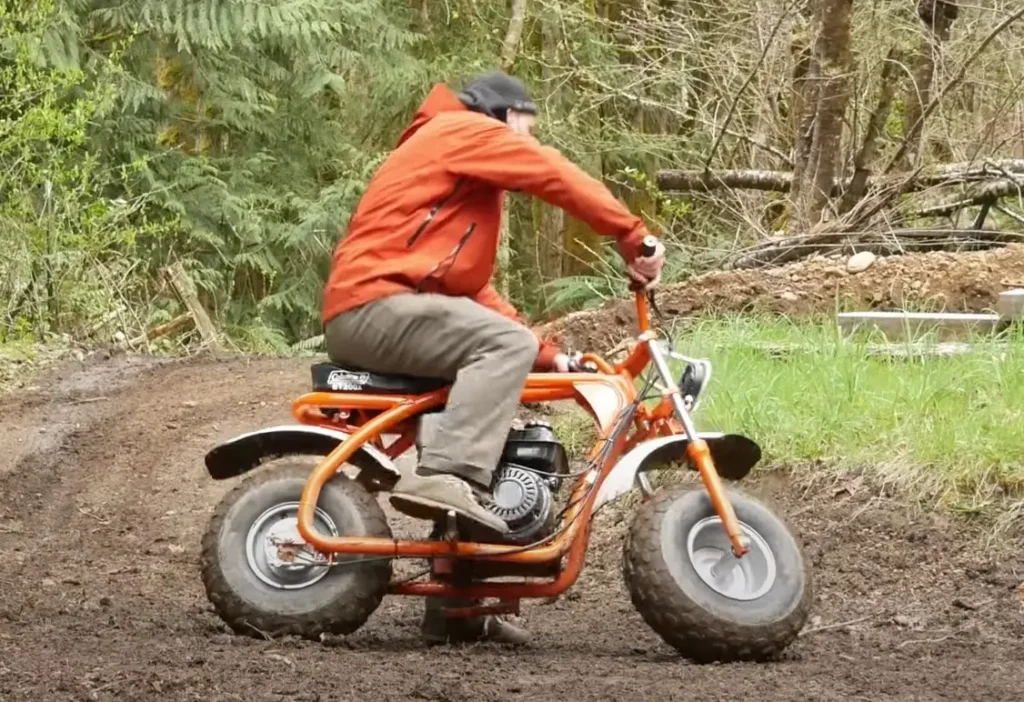
Mini bikes hit the scene in the 1960s. Mechanics built the first ones out of old bike parts and lawn mower engines. Racetrack crews used them to zip around pits. That’s why they got the nickname “pit bikes.”
- Wheels: 4-6 inches
- Frame: Low squat stance, close to ground
- Handlebars: Chopped bicycle style, raised upward
- Build: Durable steel tubing frame withstands wear and tear
The motors powering mini bikes can be gas or electric. But most run on the same 50-250cc combustion engines found in basic yard tools and tractors. This gives them accessible power to:
- Ambles along trails
- Scoot down straightaways
- Reach top speeds of typically 30-60 mph
So in summary, mini bikes offer simple, rugged builds for off-road recreation and learning to ride. Their components lend well to customization too.
What are Pocket Bikes?
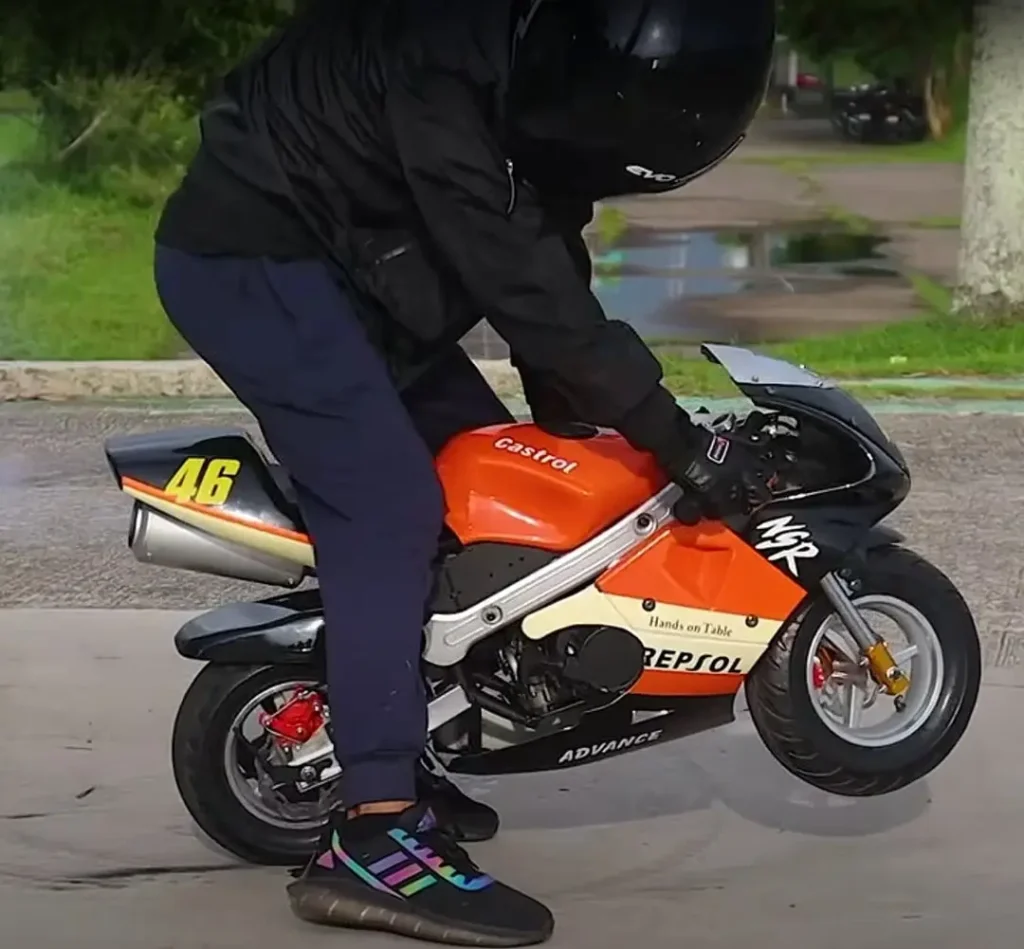
Unlike mini bikes, pocket bikes popped up more recently in the 1980s. Japanese manufacturers created them as miniature replicas of full-sized sports motorcycles.
- Scale: Precisely 1/4 size models matching proportions
- Frames: Model sport bike fairings and bodywork
- Ergonomics: Super sport riding posture and foot pegs
- Hardware: Working lights, signals, gauges in higher-end builds
These micro machines get mega performance from 40-50cc 2-stroke engines, despite being no bigger than a shoebox.
- Torque: High revving powerbands offer incredible acceleration
- Top Speeds: Typically max out at 40-50 mph
- Cooling: Water-cooled engines on race-built pocket rockets
Legally, pocket bikes occupy gray areas. Lacking safety features, they are banned from public roads in many places. But their closed-course abilities continue driving interest.
How are Mini Bikes and Pocket Bikes Different?
Mini bikes and pocket bikes may seem similar since they’re small, but they have notable differences.
Build Purpose
- Mini bikes: Durable construction optimized for off-road use
- Pocket bikes: Sporty shapes make for miniature racetrack rockets
Riding Position
- Mini bikes: Upright like bicycle with high handlebars
- Pocket bikes: Low-crouched super sport stance
Engines & Speed
| Feature | Mini Bikes | Pocket Bikes |
|---|---|---|
| Engine size | 50-250cc | 40-50cc |
| Power | Steady from basic engines | High torque from 2-strokes |
| Top Speed | 30-60 mph | 40-50 mph |
Legal Status
- Mini bikes: Can be street legal in some states if registered
- Pocket bikes: Usually not street legal due to safety concerns
In summary, factors like build quality, costs, laws, riding style and performance capabilities differ quite a bit between mini and pocket bikes. Consider intended usage when deciding between the two.
Picking Your Mini or Pocket Bike
If both types sound fun, how do you choose? Look at factors like budget, age, size and how you’ll ride.
Budget:
- Mini bikes cost less overall
- Pocket bikes have pricier high-performance components
Age & Size:
- Mini bikes fit wider range of riders
- Pocket bikes best for older kids due to speed
Planned Usage:
- Mini bikes for off-road recreation
- Pocket bikes for closed racetrack courses
Safety Gear:
Always wear helmets, gloves, boots, and other protective equipment when riding either bike type. Impact-resistant outfits are recommended for new enthusiasts. Stay safe not sorry!
Doing a little digging on specs and local laws can further match potential mini or pocket bikes to your situation. Visit dealers and enthusiasts to take test drives as well before buying. Proper prep makes for happy trails!
Closing Thoughts
Mini bikes and pocket bikes mean big fun in small sizes. Mini bikes first putted around pits in the 1960s. Grease monkeys built them using leftover parts. Pocket bikes zoomed out of Japan around 1980. They looked like tiny sports motorcycles.
While different, mini bikes and pocket bikes both offer cheaper prices than regular motorbikes. Their smaller sizes also make them easier to ride for some people. Interest in these little zoomers keeps growing.
If you want to ride trails or race tracks on two tiny wheels, mini bikes or pocket bikes might work! Just remember to wear safety gear. Follow some simple rules too, like no riding on roads. Then you can rip around while staying safe. Going micro doesn’t mean sacrificing motorized freedom!


